

For as long as I can remember, I’ve been playing skateboarding games. My love for the skating genre began on the Nintendo 64 with Tony Hawk’s Pro Skater, and ever since, it has had a special place in my heart. As of late, though, the Tony Hawk series just hasn’t been impressing me. Luckily, a new contender has emerged: Skate.
Unlike the over-the-top action of the Tony Hawk series, the first Skate prided itself on realism, and its dedication to skating culture. Skate 2, while still entertaining, felt too similar to the first game. Now, Electronic Arts and Black Box are attempting to break new ground for skateboarding games with Skate 3. This time the big focus is on community, and tailoring the experience to the player. Is that enough to continue pushing this series forward?
As you may be able to guess, even with little-to-no experience playing this type of game, the story here isn’t much to write home about. You play a silent protagonist who, alongside a friend, starts up a skate company. The story is nothing revolutionary, but it serves its purpose, providing a reason behind everything you do, and setting up the community aspect of the game.
The cast of the game, though, is quite strong — especially if you enjoy the antics of people like Rob Dyrdek. While they don’t provide anything mind-blowing in terms of the story, the personalities of some of the professional skaters can be quite funny. It’s also worth noting that, like the second game, Skate 3 opens with a live-action cinematic. This one features all of the professional skaters from the game playing hippies, lumberjacks, and a sasquatch. Yes, it is as awesome as it sounds! Plus, it’s just nice to see all the skaters coming together to have a good time, and making a humorous short film for all of us to enjoy.
Now, for anyone who’s ever talked to me about music and video games, it won’t come as much of a surprise to hear that I love the soundtrack in this game. Not only does it contain the perfect mix of skating tunes, from punk, to old-school rap, to reggae, but at certain locations, the music actively changes to reflect how you’re doing. This really adds to the flow, which is so important in a game about skating culture. While the soundtrack may not appeal to everyone, anyone interested in skating culture will find an extremely well-rounded group of songs that are perfect to skate to.
Those of you who have played a Skate game in the past will know what to expect from the gameplay here. The biggest change to the formula is the addition of difficulty modes. The option at the middle of the road plays like the first two games in the series, providing the perfect balance between sim and arcade. Easy Mode makes it much easier to get up to speed, jump higher, and pull off difficult tricks, essentially simplifying the game for those new to the series. On the opposite side of the spectrum is Hardcore Mode. At this level it is much more difficult to pull off even the simplest of tricks. This means that you’ll have to be precise with the execution of your moves, because — if you’re sloppy on the controls — it’s not uncommon for the board to go flying during a simple kickflip .
This is the format I believe all games should follow in creating a balance between casual and hardcore: the gameplay we’ve become accustomed to, with modes that cater to two vastly different types of gamers. This way, everyone is able to enjoy the game. It even adds to the community aspect of the game, allowing everyone and their Mom to pick up a controller and have fun in their own way.
New to this iteration of the series is a full-fledged skatepark editor: skate.Park. This is something that’s become essential in skating games, and is the one thing this series has truly been lacking. Keeping the the focus on realism in the Skate games, you won’t be building anything that’s too out there. But when it comes to building realistic skateparks, you won’t be disappointed. While the controls in this mode aren’t the strongest, and at times may be a little unwieldy, the breadth of options and numerous ways you can customize your park make skate.Park a more than worthy addition to the series.
In the way of new moves, you won’t be finding much, but what has been added will make for some truly impressive lines. Now, you can perform the likes of darkslides and underflips, which, although rather difficult to pull off effectively, look amazing when executed correctly.
As stated earlier, this game is all about owning a skateboard company. Hiring members of your team helps push you through the game, and sets up one of the big selling points of Skate 3: Community. All throughout the game, you are encouraged to join up with your friends and complete tasks as a team. Almost everything has been tweaked to embrace skating teams, from new modes like 1-Up (which pits two skate teams against each other in an attempt to score the most points in a set amount of time), to the drop-in / drop-out multiplayer.
The community aspect also works its way into your progression through the game. Every little thing you do, from participating in a race, to making a custom board graphic on the game’s website, will count toward the unlocking of in-game items and characters. This is something that I never would have thought of, but upon playing around with it, I’m happy to say that it works great. Skateboarding is all about doing what you want and having a good time doing it. So it makes sense to reward gamers for playing the game how they want to, even when they don’t feel like doing missions. It’s just another example of how closely this game follows skate culture.
There’s really no doubt that the actual skating in this game is extremely strong, allowing you to create amazing lines using the game’s intuitive controls. Like the first game in the series, Skate 3 delivers an immense sense of pride when you are finally able to pull off that ever-elusive trick, gap or line. While there may not be a ton of guidance through the game, everything feels rewarding. Frankly, the free-form nature of the game, while it may scare away some gamers, complements skate culture beautifully. It gives you an insight into the culture that the Tony Hawk games seemed to neglect.
Let me preface this by saying that I couldn’t stand the city in Skate 2. It felt bland, dark, and because of the security guards, just didn’t feel like a place conducive to skateboarding. Port Carverton, the city this time, can only be described as a skater’s paradise. In a game like this, the city is just as integral a part of the game as the main character.
After having something of a letdown in Skate 2, I’m happy to say that I love Port Carverton. It’s a much brighter place that’s built, from the ground up, for the sole purpose of skating. This effectively means that you can do something interesting on your board with almost everything you see, which is a welcome change from all the boring, wasted space in the last game.
As far as graphics go, you’ll see an improvement from the last game. While the graphics may not change the way you look at games, there’s no doubt that Skate 3 a pretty game, though some surfaces do seem a bit flat. Even so, the graphics suit the game, and in no way take anything away from it. The city itself is beautiful. Sure, some of the character models seem a bit rough, with some sketchy lip syncing, but I wouldn’t let that scare you away. It’s just a tiny issue in the grand scheme of things.
There are a few tiny things that keep this game from being perfect. But you’d be hard-pressed to find a better skateboarding game on the market, let alone one that better showcases skating culture. Not only does Skate 3 improve on its predecessor, with controls that truly pull you into the game, but it turns the game into one giant community, and rewards you for playing how you want. If you’re at all interested in skateboarding, or just love co-op, then this purchase should be a no-brainer.
Skate 3 released May 11, 2010 on PS3 and Xbox 360.



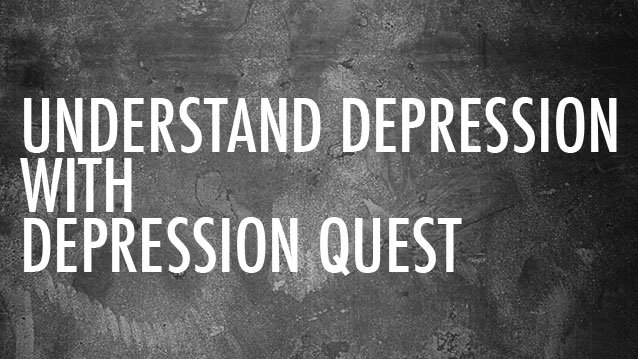
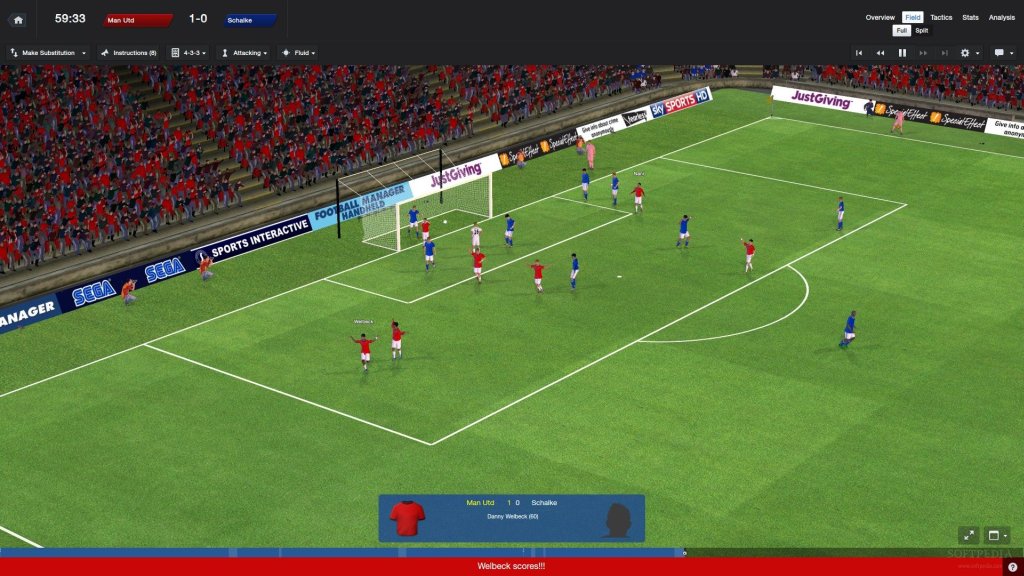 Best Coaches in Football Manager 2015 (Free to Get)
Best Coaches in Football Manager 2015 (Free to Get)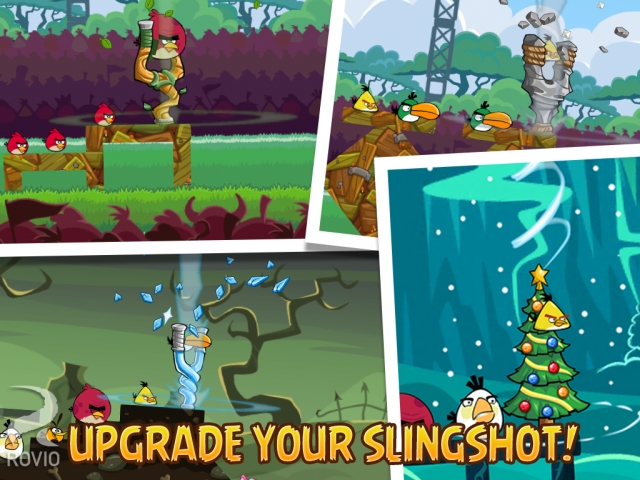 Rovio Launches 44 New Levels in Angry Birds Star Wars II, Holiday Tournament in Angry Birds Friends
Rovio Launches 44 New Levels in Angry Birds Star Wars II, Holiday Tournament in Angry Birds Friends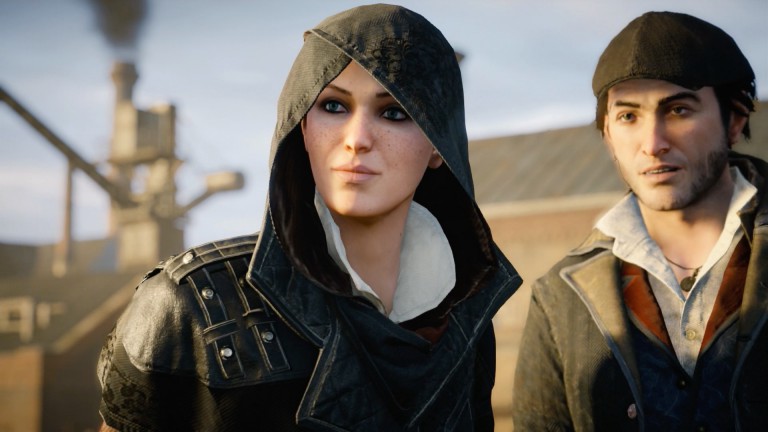 Assassins Creed: Syndicate useful tips
Assassins Creed: Syndicate useful tips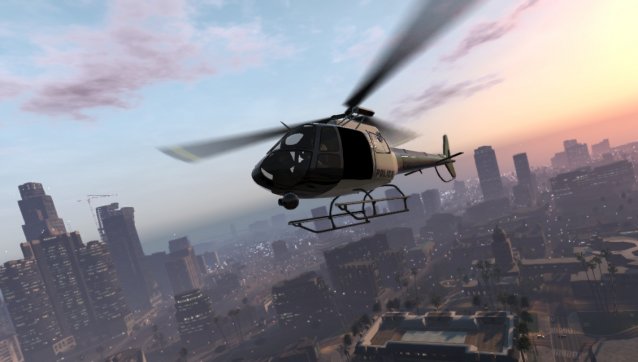 GTA 5 Character Trailers: Hidden Details You Missed
GTA 5 Character Trailers: Hidden Details You Missed How to Emulate a Raspberry Pi on Your PC
How to Emulate a Raspberry Pi on Your PC